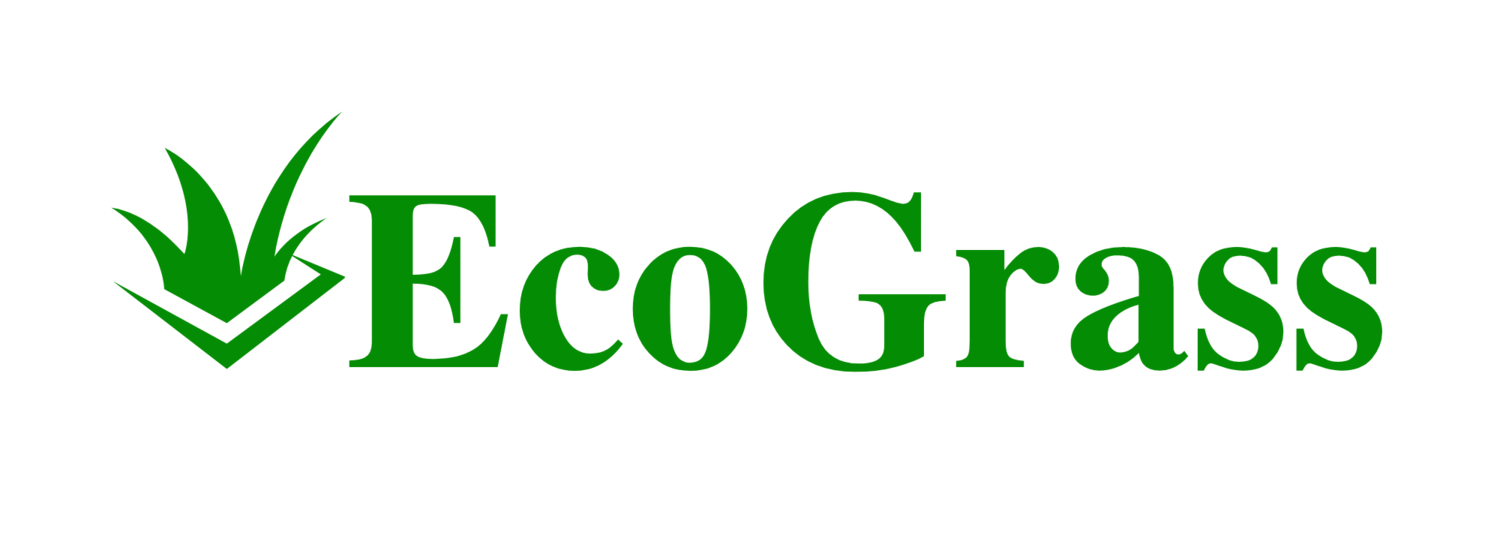When winter blankets your synthetic turf field in snow, knowing how to remove it effectively and safely becomes essential to maintaining its condition. The key to removing snow without causing damage to the turf is to use equipment with rubber tips or cover metal blades with PVC, protecting the surface from scratches and wear. For particularly cold climates, removing snow when temperatures are below freezing helps prevent damage to the fibers and infill.
When handling wet or heavy snow, make sure to use plows or shovels correctly to avoid disrupting the turf structure. Holding a shovel at a slight angle and using turf tires on vehicles can help minimize pressure on the field. Selecting the right time, such as early morning or late afternoon, can provide the best conditions for snow removal, avoiding any thawed snow refreezing and causing complications.
Adapting your methods to the type of snow encountered—whether powdery or compacted—will help protect your turf in the long run. Implementing these approaches ensures your synthetic turf remains in top condition throughout the winter, letting you focus more on play and less on maintenance.
Preparations for Snow on Synthetic Turf
Preparing synthetic turf for snow involves understanding the materials involved, creating a detailed removal plan, and selecting the right equipment. These steps ensure the turf remains undamaged and ready for use post-winter.
Understanding Turf Material
Familiarize yourself with the composition of your artificial turf, including the turf fibers and infill materials. Synthetic turf is typically made from polyethylene or polypropylene fibers, designed to withstand various weather conditions.
The infill, which usually consists of sand or rubber granules, supports the fibers and provides cushioning. In winter, keeping the infill intact is crucial to maintain turf quality. Awareness of these materials helps you choose the best snow removal practices, minimizing any potential damage.
Snow Removal Plan
Develop a comprehensive snow removal plan tailored to your field's needs. Turf maintenance during winter starts with planning when and how to clear the snow. Identify the specific areas that require frequent clearing and designate suitable storage spots for removed snow, away from play zones.
Evaluate the type of snow (light, dry, heavy, or wet) you expect, as it affects removal strategy. Regularly monitor the thickness of snow accumulation, planning to leave a small protective layer to prevent direct contact with turf fibers and infill.
Choosing the Right Equipment
Select equipment carefully to ensure effective snow removal without damaging your synthetic turf field. Snow blowers can be useful for evenly spreading and removing snow from the surface. Use a snow blower that allows for adjustable depth control, ensuring you leave a protective layer of snow on the turf.
Opt for tools like walkable snow blowers for precision in smaller areas. If using machinery like tractors, ensure they are equipped with turf tires to prevent excessive pressure on the surface. For delicate areas or additional caution, apply ice melt or pet-safe deicer sparingly and ensure they are appropriate for use with your turf material.
Effective Snow Removal Techniques
Proper snow removal from turf requires a combination of methods tailored to different conditions, ensuring the protection and longevity of your turf surface. Techniques range from manual methods to mechanical processes, along with approaches to address ice and post-clearance care.
Manual Snow Clearing Methods
Manual techniques involve using simple tools like shovels and brooms. They are best suited for small areas or light snow accumulation. Use a shovel with a rubber or plastic edge to minimize damage to the turf. When removing snow, avoid vigorous scraping, which can harm the turf surface and its fibers. It is crucial to remove snow in layers rather than digging deep to ensure that the targeted removal does not stress the surface.
Mechanical Snow Removal
For larger or more heavily accumulated areas, mechanical solutions like snow blowers and tractor-mounted plows are effective. Snow blowers are useful for dry snow, easily clearing large swathes of turf. Opt for a tractor with turf tires and a plow with a rubber blade to prevent damaging the synthetic turf. Operate machinery at safe speeds to maintain turf condition while efficiently clearing wet snow.
Dealing with Ice Accumulation
Ice on synthetic turf can be tricky. Frost and thin ice layers require careful handling. Use ice melts like calcium chloride, which is less harsh than other salts, to aid in ice removal without harming the field. It is important to evenly distribute the ice melt to prevent over-saturation in one area. Mechanical edge chippers or ice scrapers with a rubber blade can be applied for thicker ice, ensuring minimal surface impact.
Post-Snow Removal Turf Care
After clearing the snow and ice, inspect the turf for any damage. Brush the turf softly to rearrange displaced fibers and maintain its visual appeal. Ensure that drainage pathways remain clear to prevent waterlogging during thawing. Periodic checks of stitching and seams on your synthetic turf field ensure it remains intact and reduces the risk of damage during future snow and ice accumulation. Regular care maintains the field's integrity and performance longevity.

